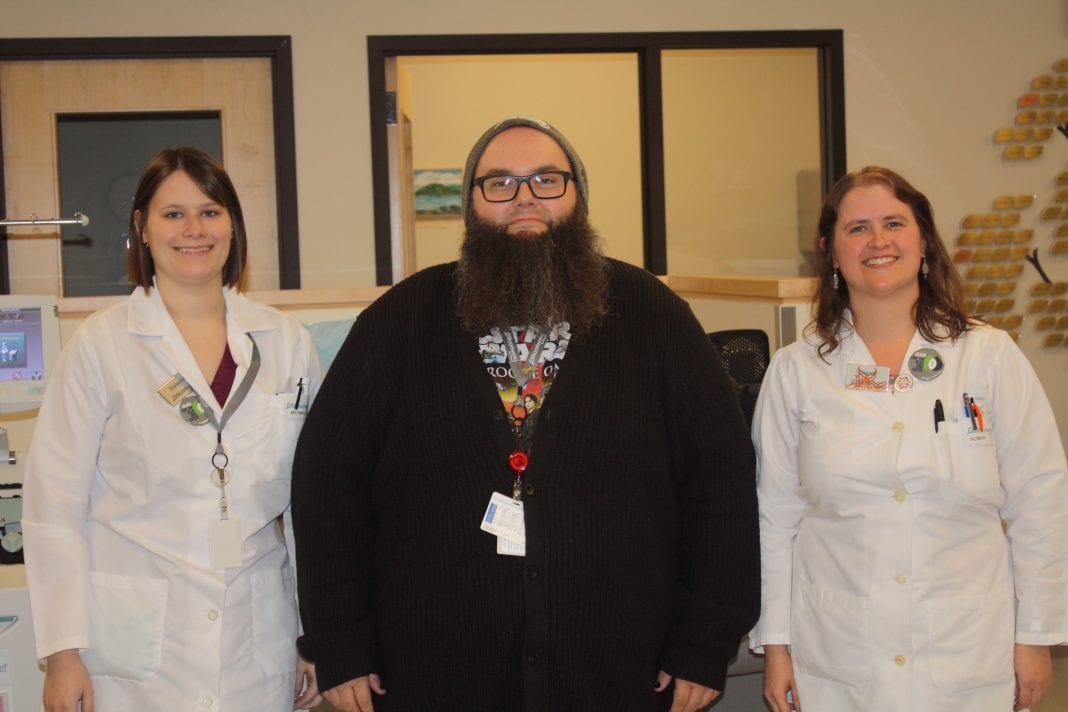Every day in the United States, 36,000 units (about one pint per unit) of blood are used for various health purposes. This astounding amount leaves blood banks with the huge job of providing and storing the blood that is used in hospitals locally. However, many times this is not even half of what blood banks do. In the case of our local blood bank, Bloodworks Northwest (previously known as the Puget Sound Blood Center), the job includes groundbreaking blood-based research as well.
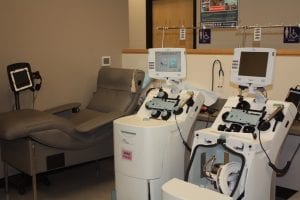
“We have 11 centers from Bellingham down to Vancouver and each one has a mobile unit,” says Mat Ralston, supervisor of the Bellingham Blood Center. “We have blood drives every single day. They collect anywhere from 20 units of blood to much larger numbers.” In this case, one unit of blood typically equals a pint. This measurement is based on how much blood is drawn from one person at one time.
Once these units of blood are drawn at various blood drives, they make the journey to the labs. “From [the Bellingham Bloodworks Center], the blood will go to Renton,” he explains. “There they will process the blood and separate it into platelets, plasma and red blood cells. Then they test it and if it comes out fine, they’ll send it to the local hospitals.” There are over 90 hospitals in our area that Bloodworks supplies blood to.
On top of usual blood supplying, Bloodworks partakes in extensive research. This research takes place at their various labs located near Seattle, such as their Donor Testing-Quality Control Lab, their Genomics Testing Lab and their Immunogenetics/HLA Lab. The Donor Testing-Quality Control Lab, located in Renton, is the main lab according to Ralston.
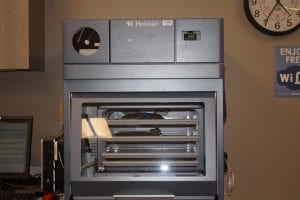
Their research includes delving into blood disorders such a hemophilia, which is the inability of blood to form clots. Their Hemostasis Reference Lab specializes in this and is open for patients with similar disorders. They also offer various scientific and support programs for these patients, such as personalized physical therapy programs, treatment for bleeding and “specialized coagulation studies.”
One of their main goals at the moment is to crack the code of platelets. “[The scientists] are also constantly trying to lengthen the shelf life of platelets,” Ralston says. “The shelf life is about five days.”
Platelets are the blood cells that are responsible for clotting in order to stop bleeding, so they are fundamental to healing. Lengthening their storage time could ensure that in the case of a catastrophe, there would always be available platelets for transfusion.
At their Genomics Testing Lab, the Bloodworks scientists also have done research into blood cell genotyping to find genetic variations (such as mutations) in red blood cells. They are working on applying these findings to hemostasis, neutrophils and blood disorders including hemophilia and thrombosis (which happens when a blood clot forms inside of a vein deep in the body). This lab also offers DNA testing that can diagnose these disorders and more.
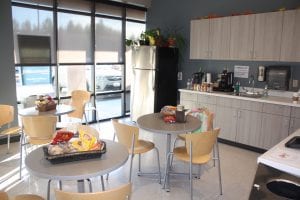
However, all of the services that they provide, from the blood supply to the research, are dependent on the outside community. Without donations of various kinds, none of this would be possible. “The most important thing to me is having a community come together. We’ll have blood drives for a specific family if someone is diagnosed with leukemia or something,” Ralston says. “There was a little girl once who was born with a heart defect. By the time she was six months old she ended up using 75 units of blood and they had a blood drive for her. Just to see the amount of people who showed up was crazy. It was a really emotional day.”
Ralston has personal experience with the importance of blood drives. A few years ago, his brother was in need of a blood transfusion that he most likely would have died without. But, because of the efforts of blood banks like Bloodworks, he survived. “It hits closer to home for me,” Ralston admits.
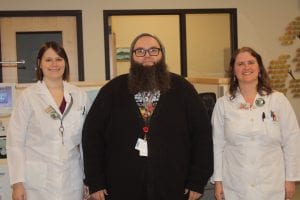
In a perfect world, they would have a constant influx of donors to maintain the ideal level of blood at any given time. “If we could get people to come in at regular intervals, we wouldn’t have a blood shortage,” says Ralston. “It’s not just accidents that require blood products. People need heart transplants or even just something simple like a hip replacement. Blood is used on a daily basis.”
Because of this, they’re constantly looking for donors. “One donation can equal three lives, so we always encourage it,” Ralston says. However, he stresses that even if you can’t donate blood, anything helps. They are always looking for community members to do volunteer work during blood drives.
Bloodworks, with all its blood collection and research, is an excellent example of how science and community can come together and save lives.


























